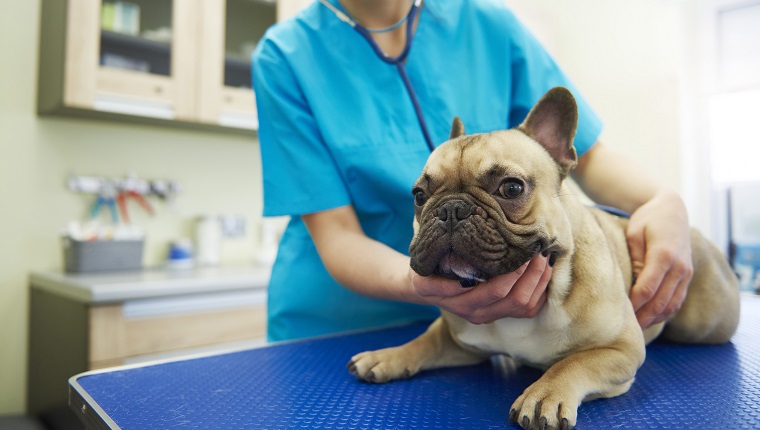Abnormal molar development in dogs is a condition that arises when a dog’s molar teeth do not have enough space to properly grow into. The technical term for this is dilacerated mandibular first molar.
Abnormal molar development is an issue that affects smaller dogs the most. It can result in a number of symptoms, including receding and bleeding gums, along with general mouth pain.
If you see signs that your dog might be suffering from dental or oral health concerns, then you must consult your veterinarian for a proper diagnosis and course of treatment. Here’s what you should know about the symptoms, causes, and treatments of abnormal molar development in dogs.
Symptoms Of Abnormal Molar Development In Dogs
Abnormal molar development in dogs can result in a number of symptoms, most of which affect the mouth area. Some of the most common general symptoms include:
- Receding gums
- Inflamed gums
- Bleeding gums
- Difficulty or pain while eating
- Reduced appetite
Causes Of Abnormal Molar Development In Dogs

The cause of abnormal molar development in dogs is usually a lack of adequate space for the teeth to grow into. This can result in teeth growing at abnormal angles or in uncommon places. Trauma can also cause this condition.
Additionally, certain dog breeds are more likely to suffer from abnormal molar development than others. Some of the most commonly affected breeds include Boston Terriers, French Bulldogs, and Pugs.
Treatments For Abnormal Molar Development In Dogs
If you suspect that your dog might be suffering from abnormal molar development, your veterinarian will conduct both a physical and an oral examination. They will also ask about any recent incidents that might have resulted in trauma to the mouth area. Vets may use dental X-rays to confirm a diagnosis.
Treatment for abnormal molar development can include pain management tactics and the extraction of the affected tooth.
While your dog recovers, your vet may prescribe a course of pain killers. As ever, if your vet prescribes medication for your canine, it’s vital that you follow the dosage and frequency instructions precisely and complete the entire course of medication.
Dogs recovering from abnormal molar development might also need to alter their diet so that meal times do not become painful events.
Have you ever had a dog who dealt with abnormal molar development? How did your vet treat the affected teeth? Tell us all about it in the comments below.









